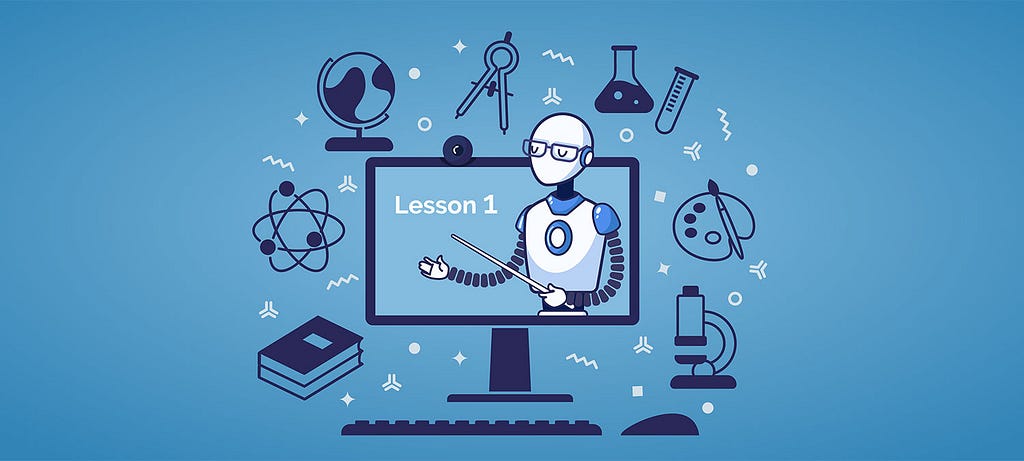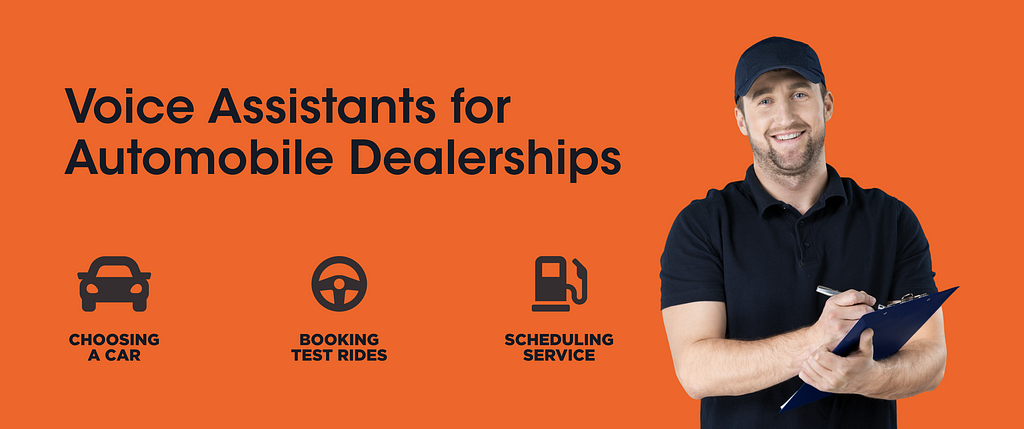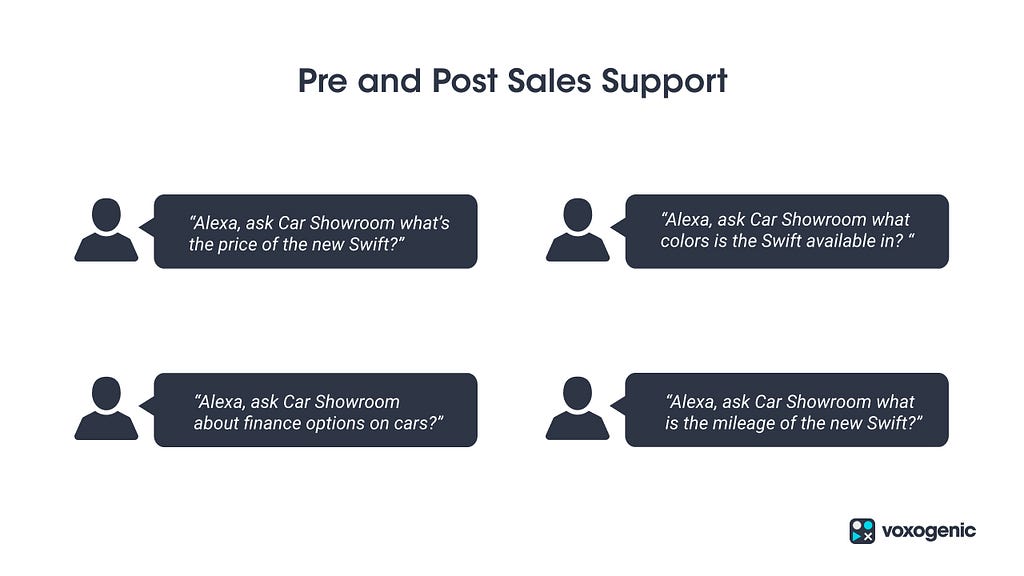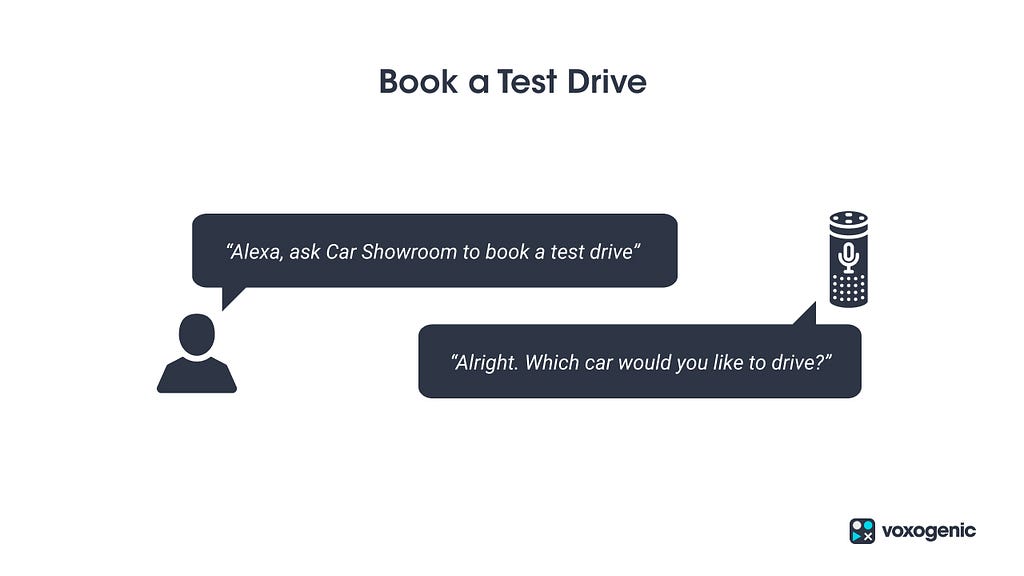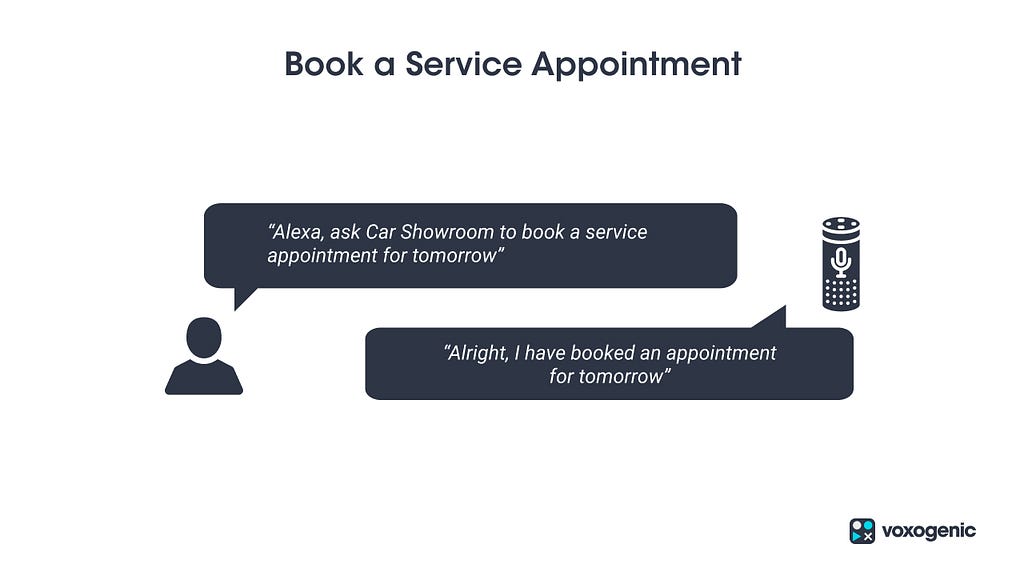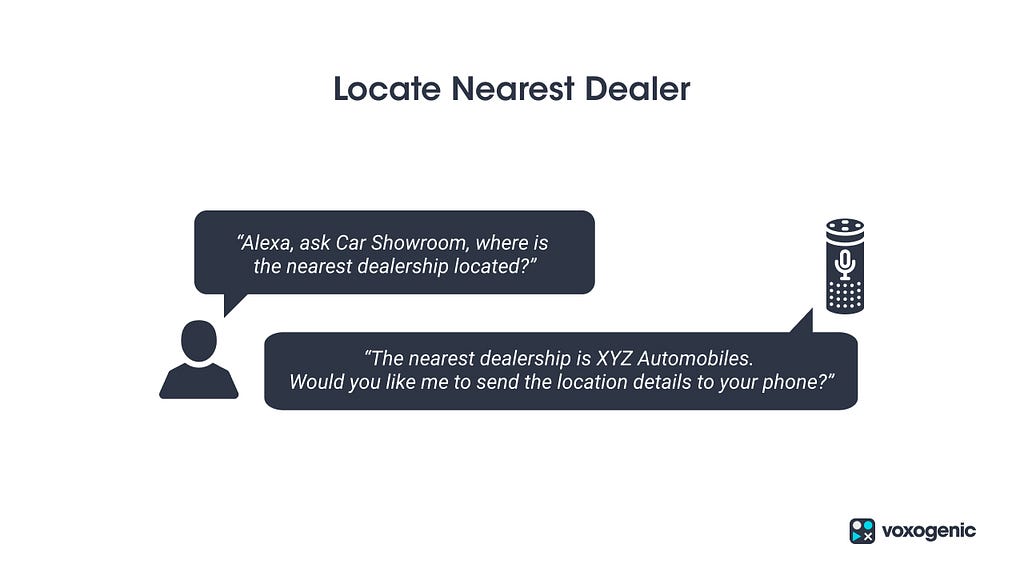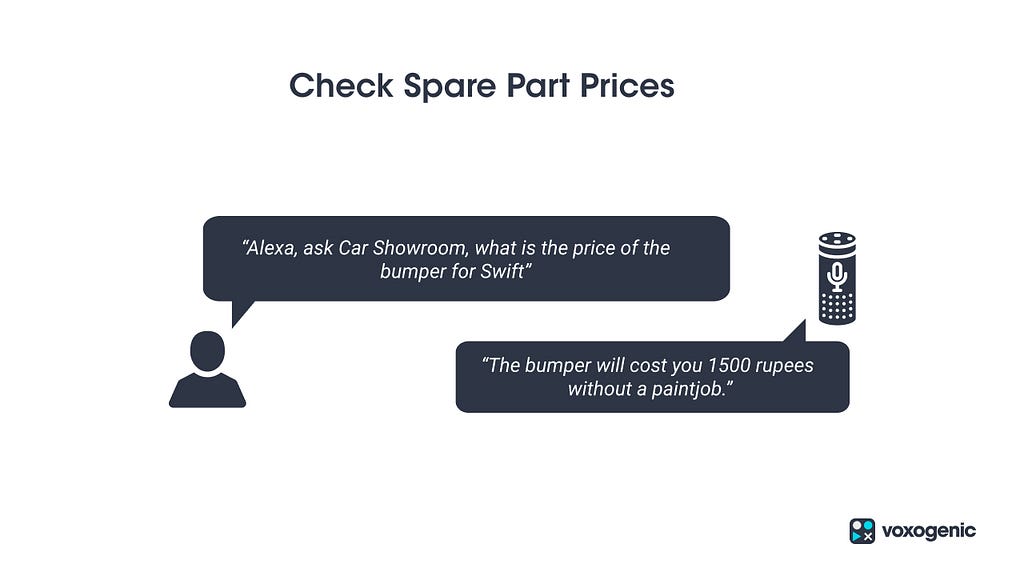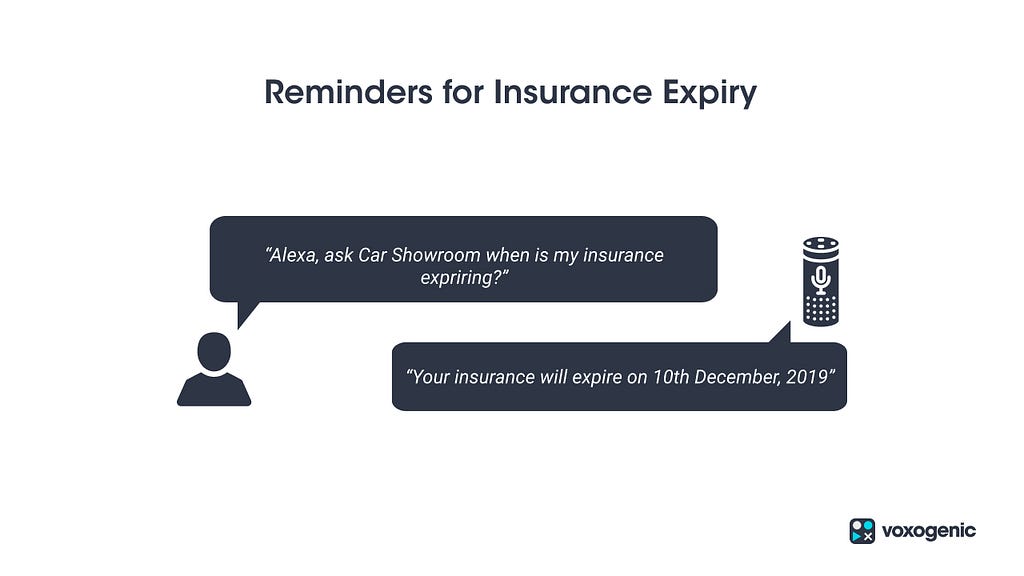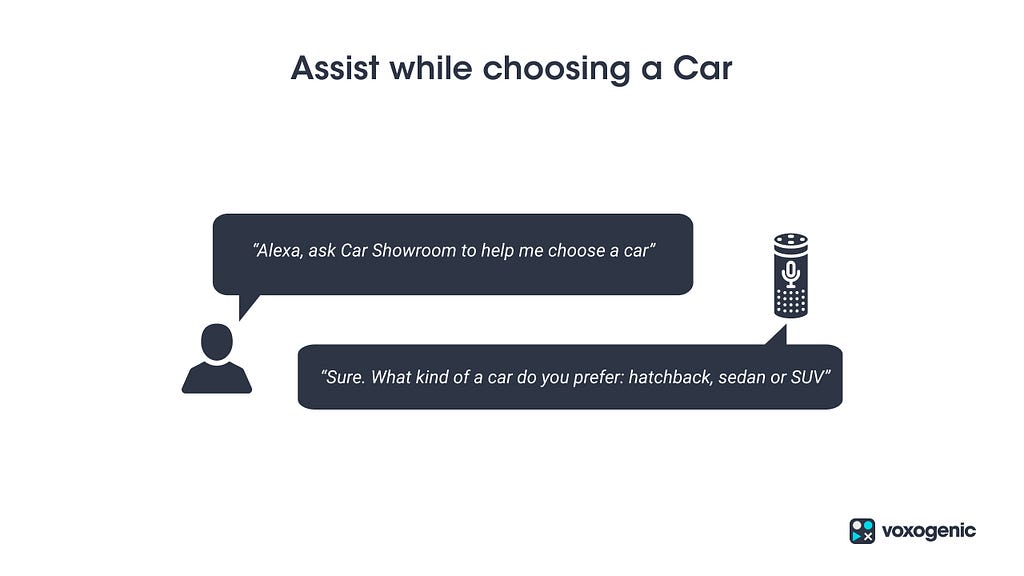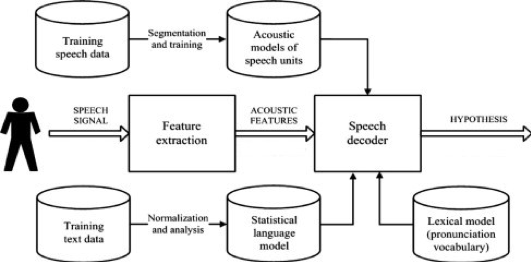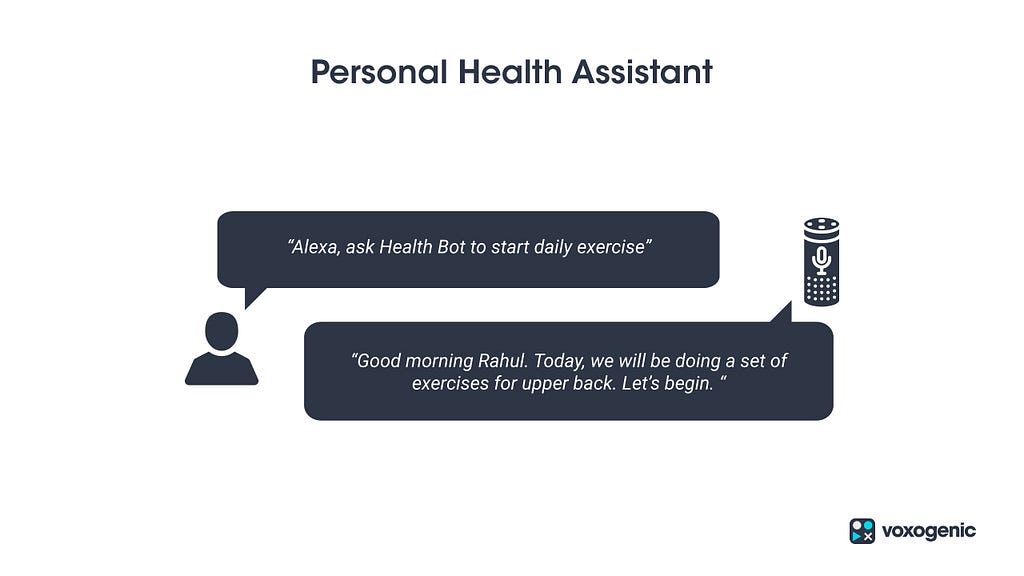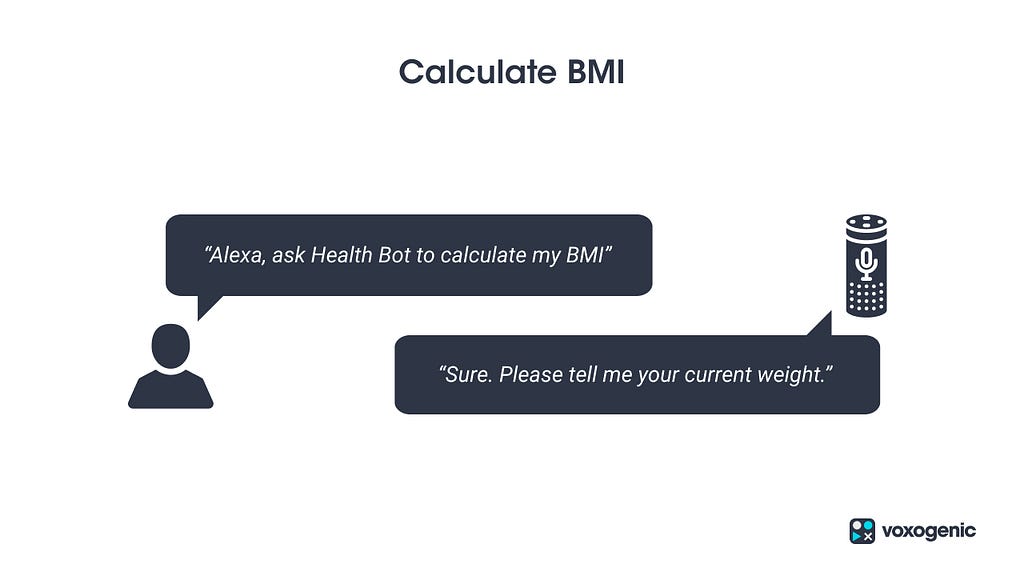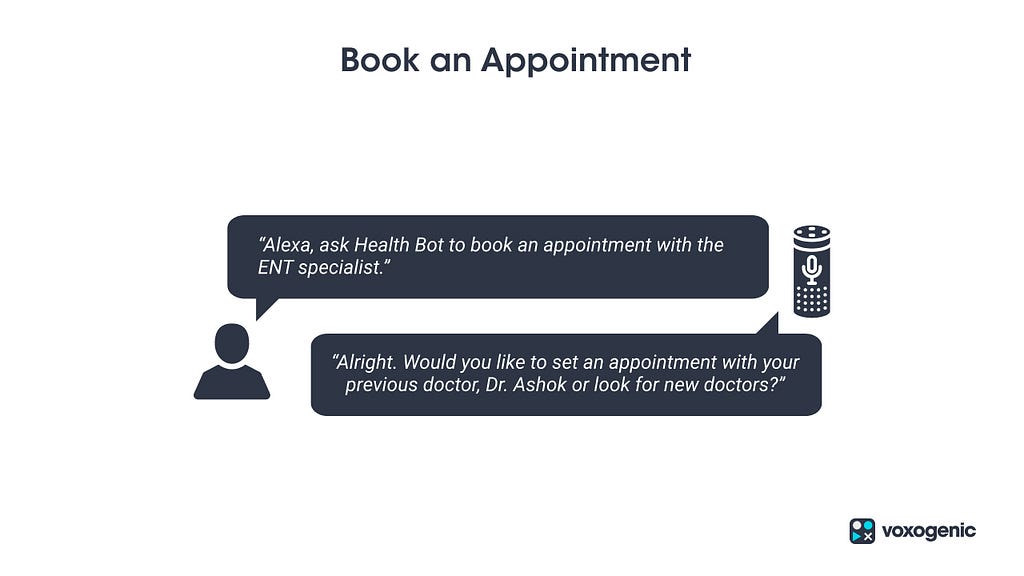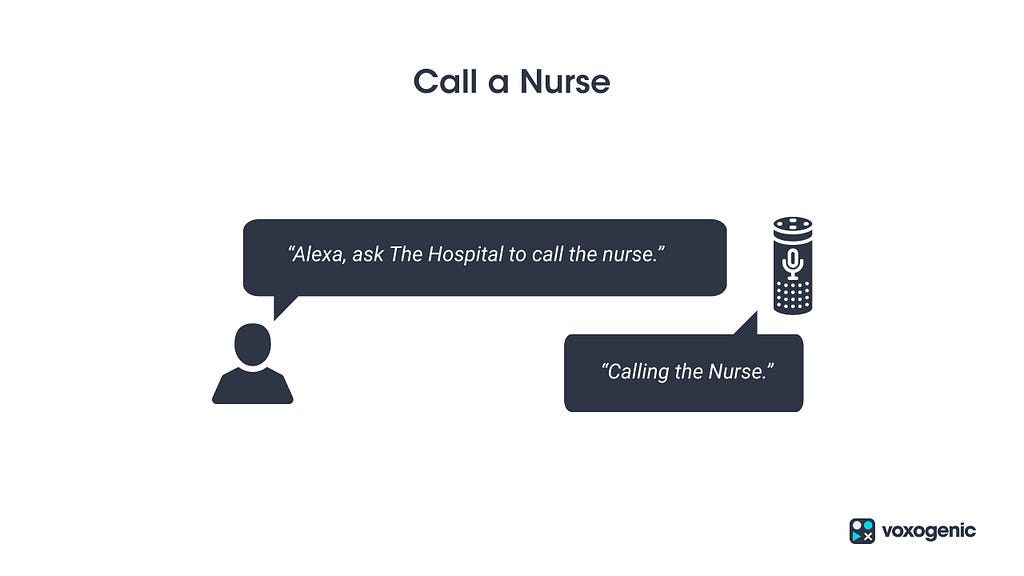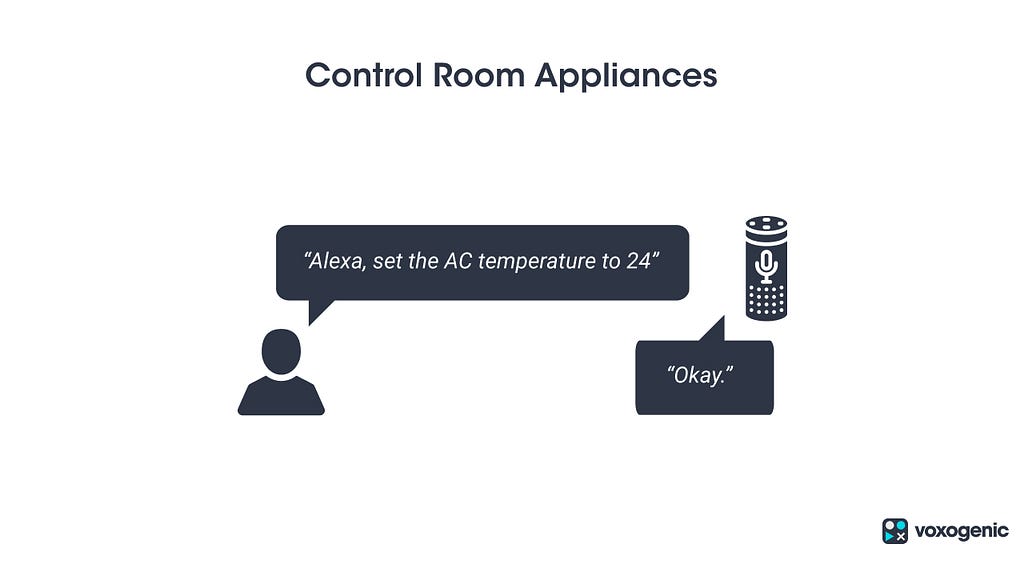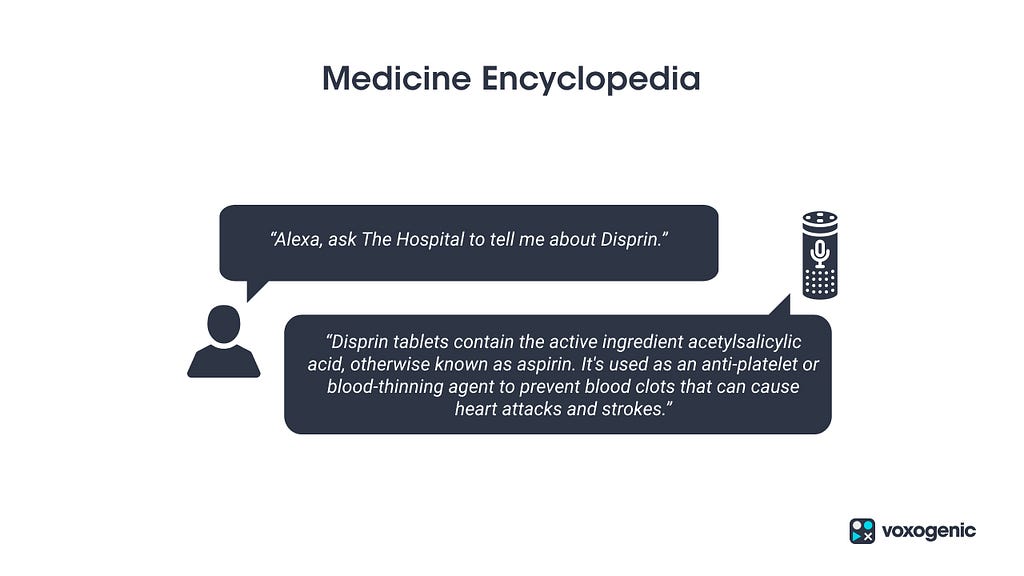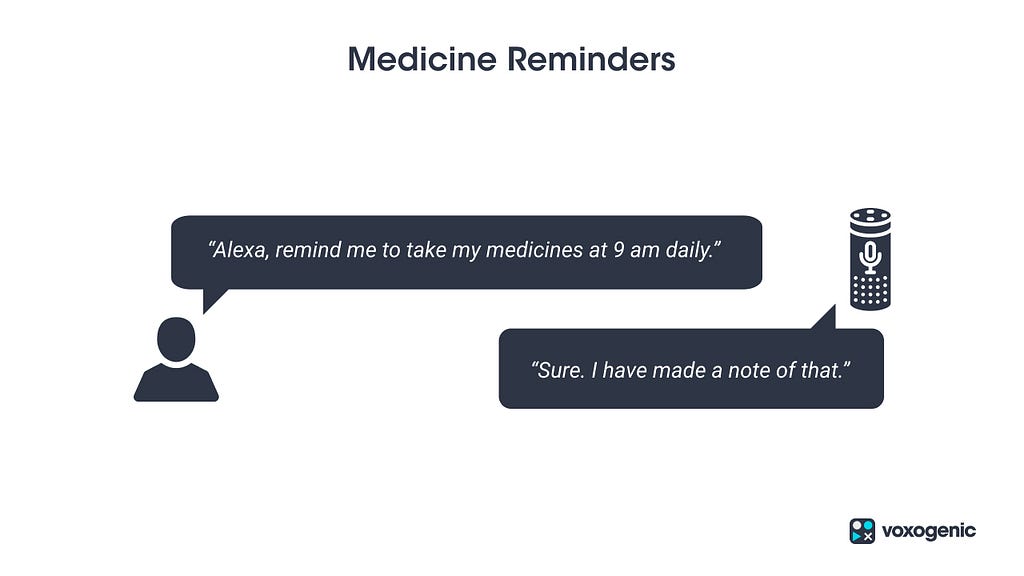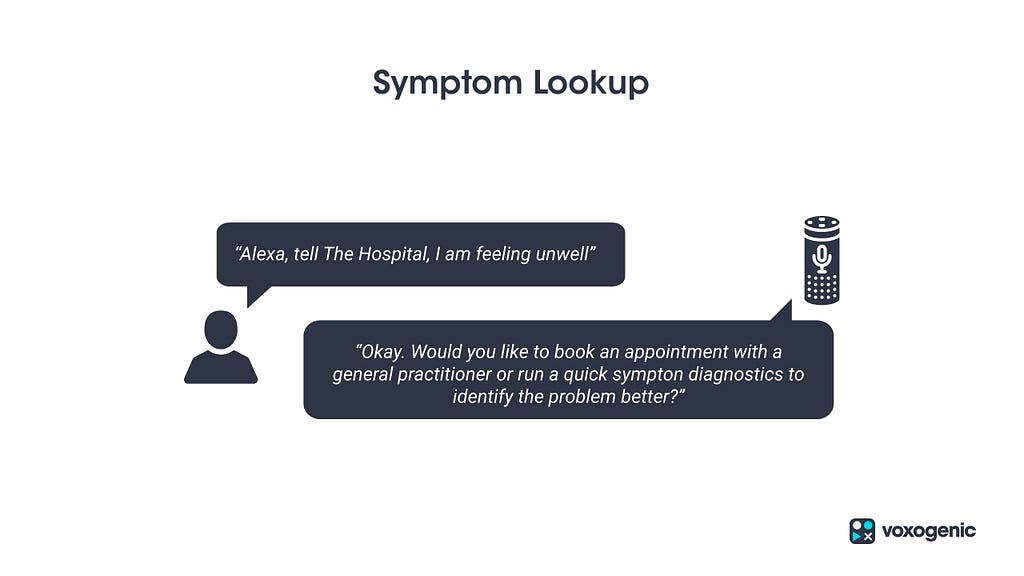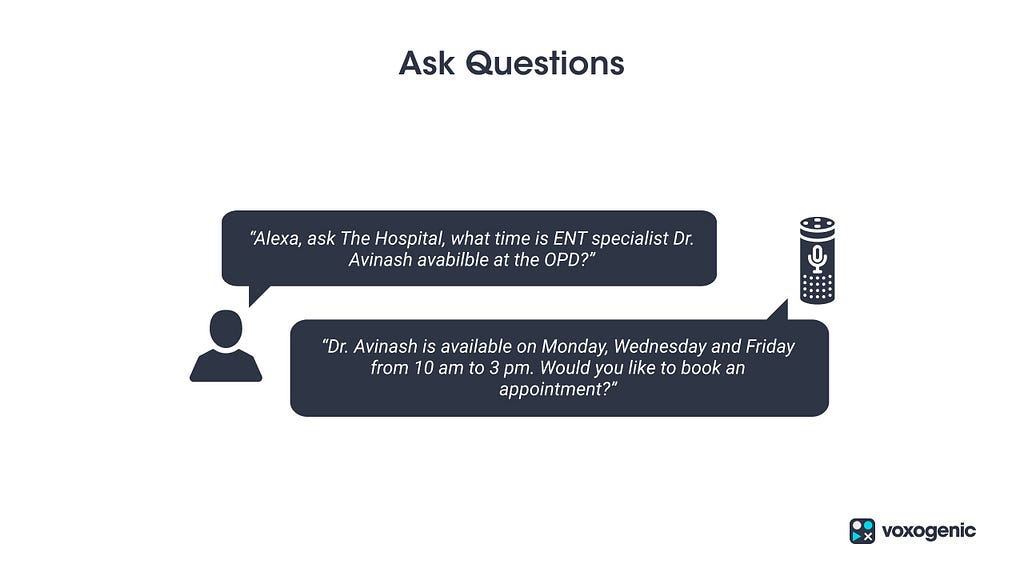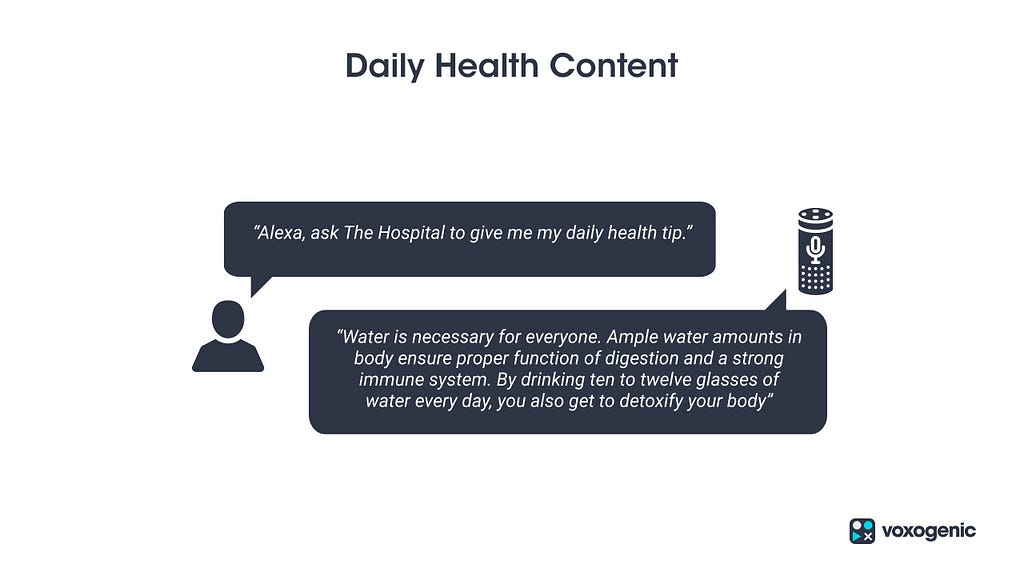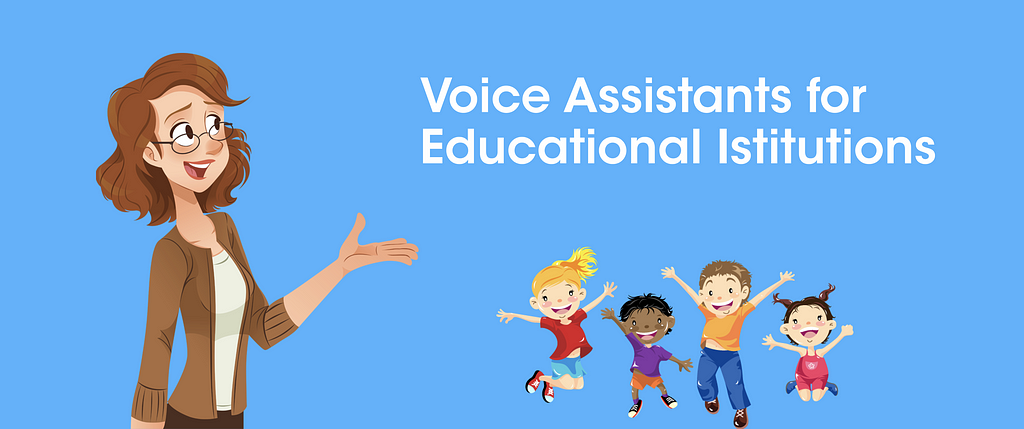
In many homes today, scenes from futuristic movies are playing out: A child enters a room and asks for a weather update, to turn on the TV, or to call Mom. Like magic, it happens. But that ‘magic’ is actually made possible by voice assistant software and conversational artificial intelligence, which are at the core of virtual assistants.
In the U.S., voice assistants include Apple’s Siri, Amazon’s Alexa, Microsoft’s Cortana, Samsung’s Bixby, and the Google Assistant. According to Statista, 51 percent of U.S. broadband households own smart speakers with these voice assistants.
Coaching Institutes are a big part of the learning experience for a student. The idea is to make learning fun rather than a task, which we think can be achieved through a voice assistant.

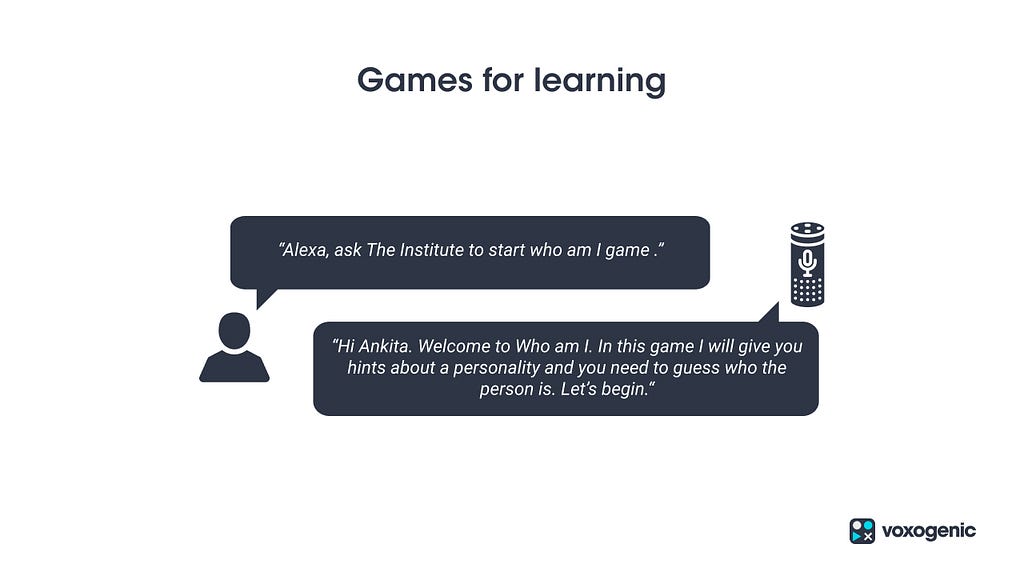
A fun way of learning is through a game format. Voice assistants can act as a ‘Quiz show host’. It can be highly interactive and immersive.
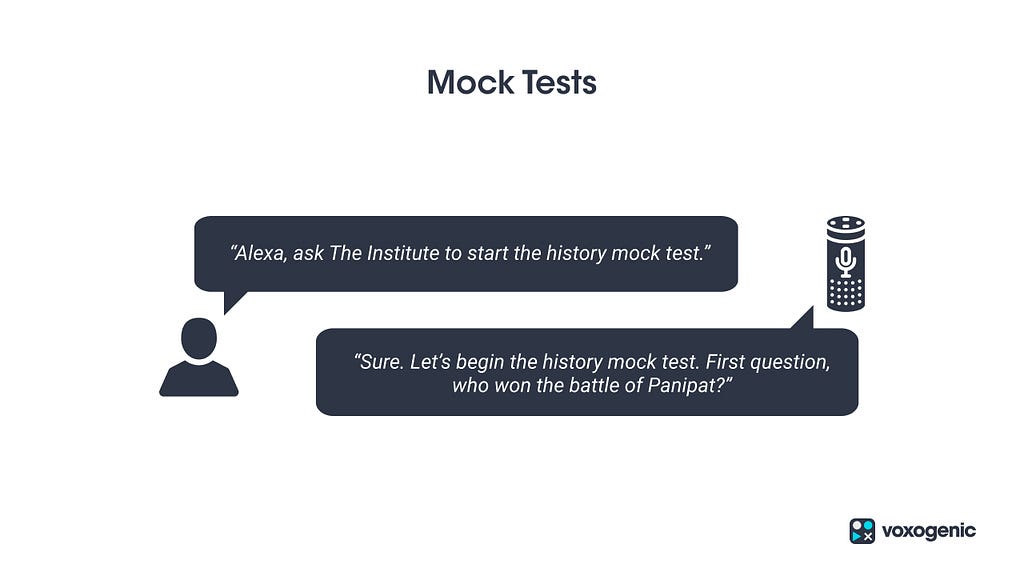
Mock tests are a perfect way of revising what you have already learned, identifying weak points, etc. A quiz-style mock test can ask specific questions about a student’s choice of subject. This can be extended to the voice assistant informing the user how much they have scored and how well did they fare against others.
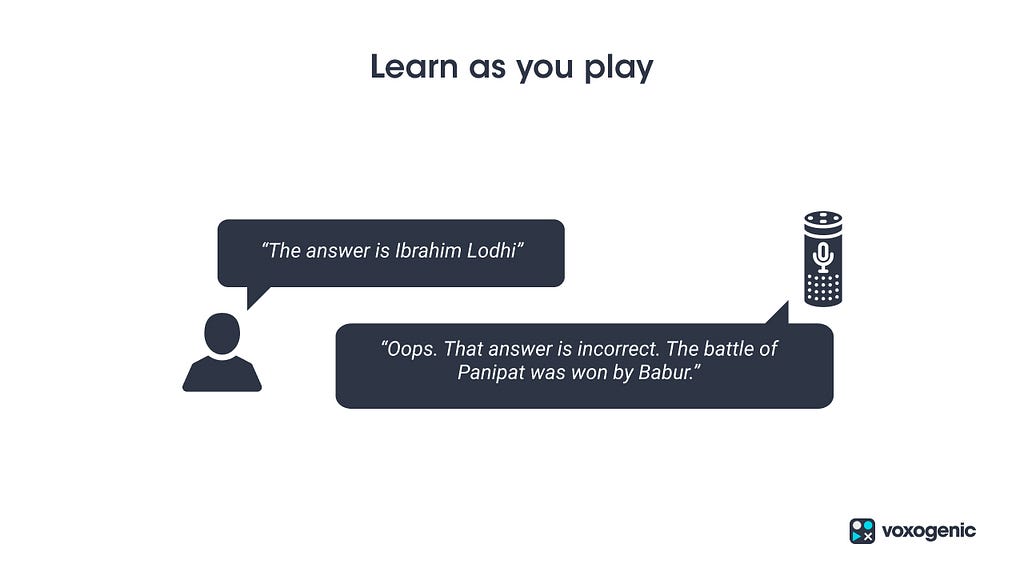
The main idea is to help the student learn about a subject matter. One way of doing this is by following up with explanations whenever they answer a question incorrectly. This can act as a brilliant alternative to traditional learning.
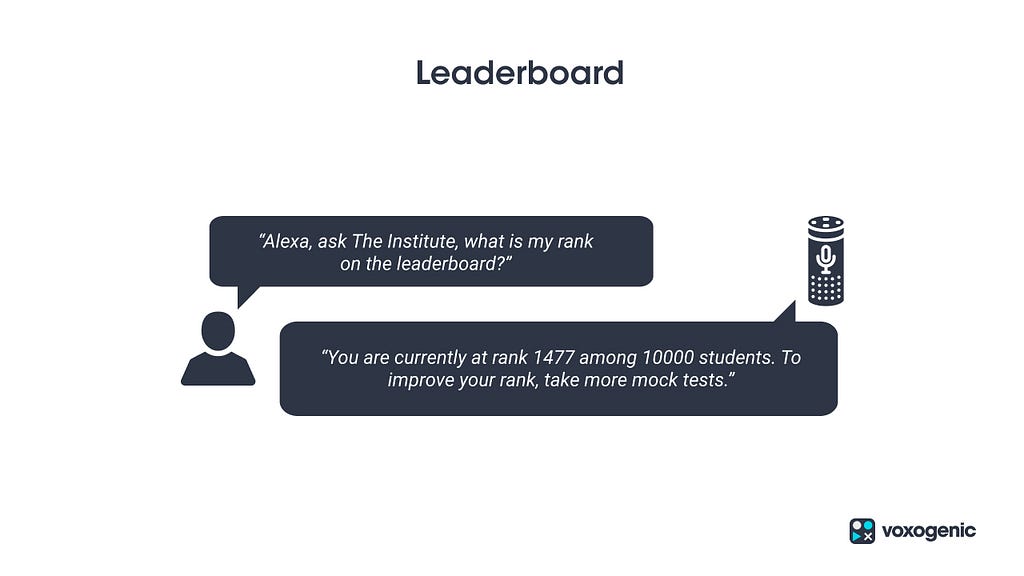
Competition tends to be a great incentiviser. A score based leaderboard where the student will not only try to finish at the top but also increase their chances of doing well in the examinations.
Trending Bot Articles:
1. How Chatbots and Email Marketing Integration Can Help Your Business
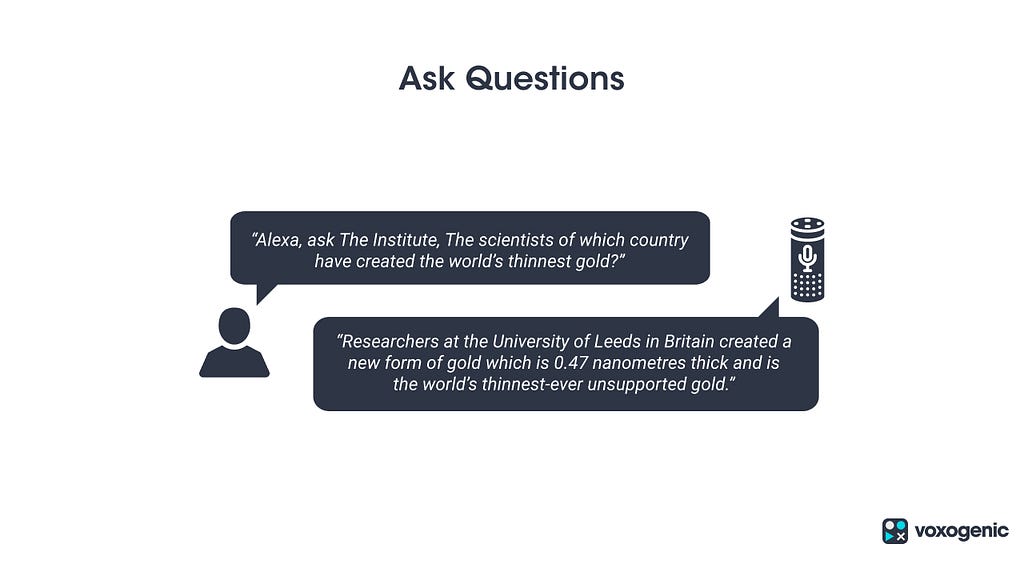
The questions should not only be limited to what is expected to be in the exams. The voice assistant can act as a knowledge hub for students who may have questions, which may or may not relate to the subject matter.
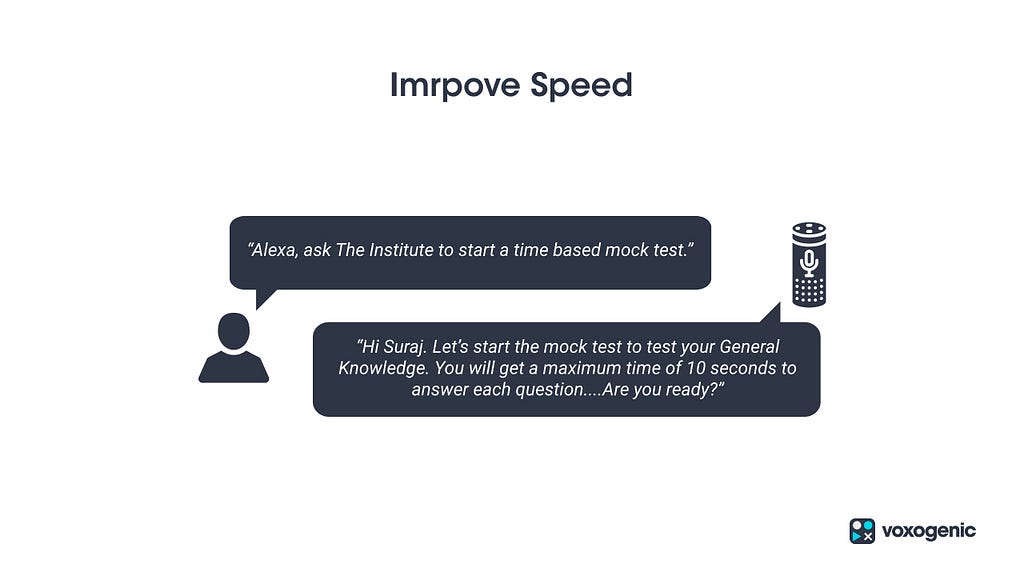
Most competitive exams nowadays are time-based. The voice assistant can be used to train students to better manage their time and to boost the user’s answering speed.
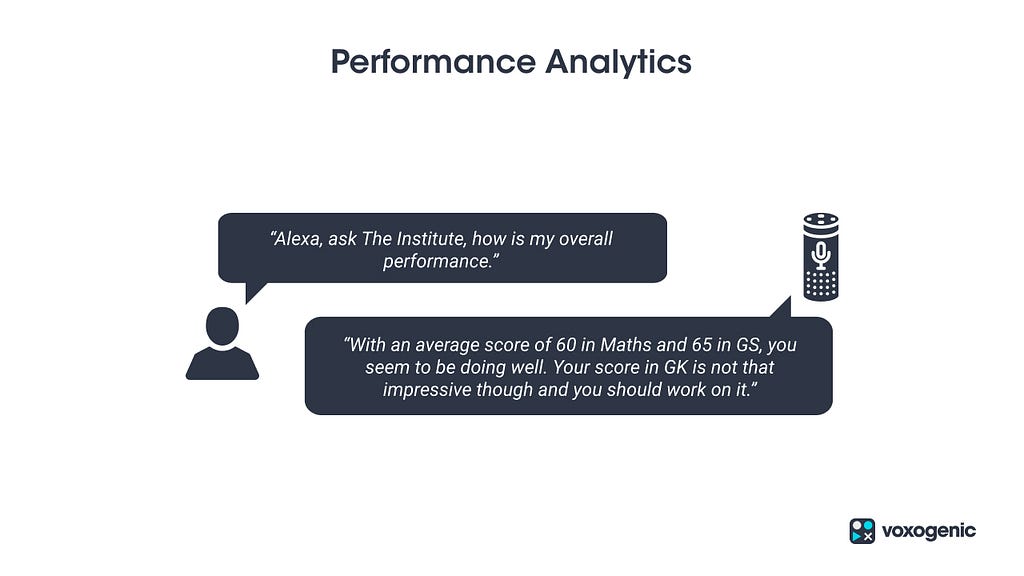
The analysis is an important part to measure if the user is actually making progress. The voice assistant can help give a fair analysis to the user as to which areas they need to improve on and which areas are their strong points.
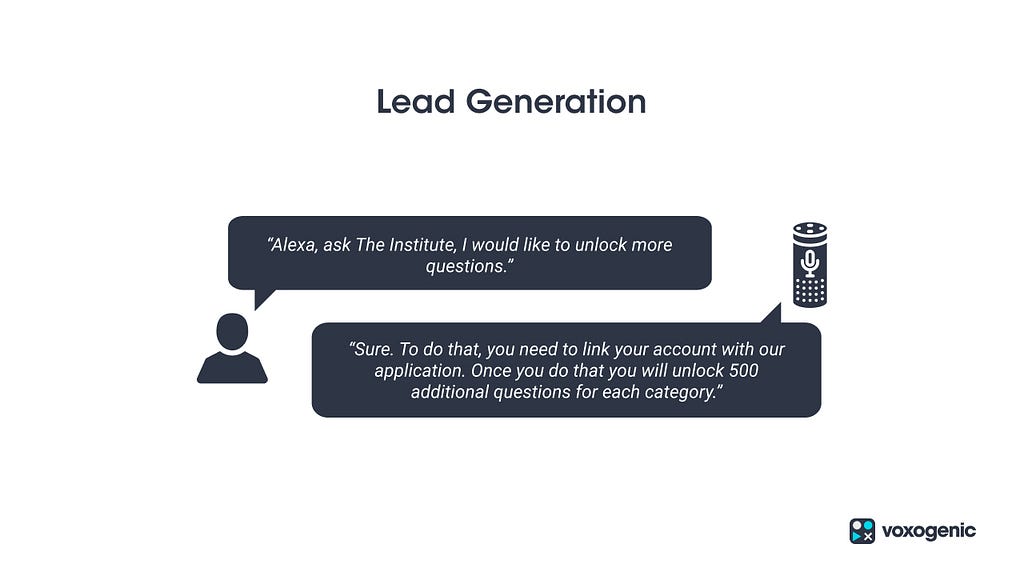
Another use case could be Lead generation of potential students who would be interested in joining the institutes’ courses. The institutes can provide additional information to students only after the users provide contact information.
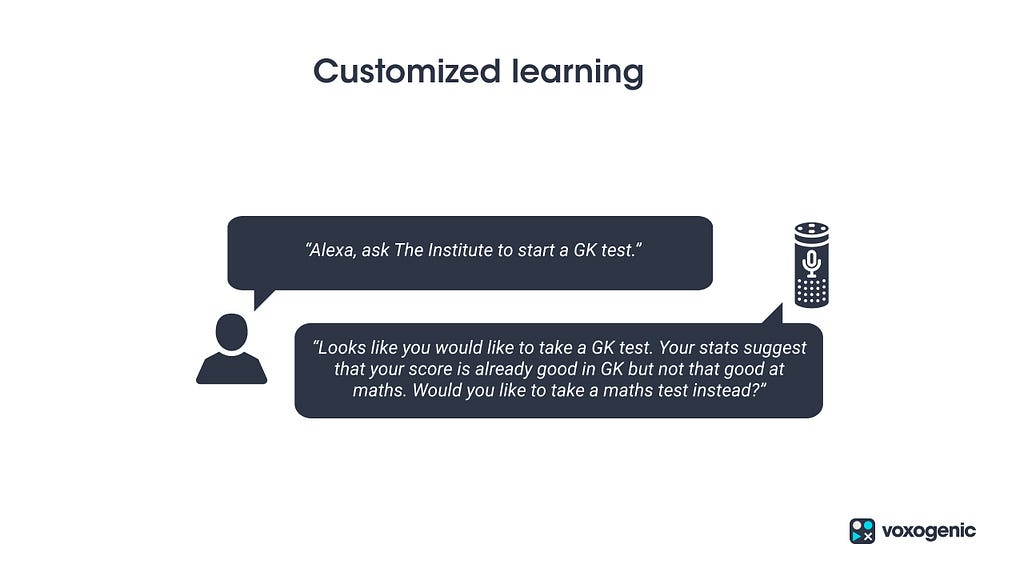
Every user is not the same, for example, one may be inclined more towards medieval history and the other towards modern history. By using a custom algorithm the voice assistant can identify the strong and weak points of a student which could then be used to offer customized learning solutions according to their level.
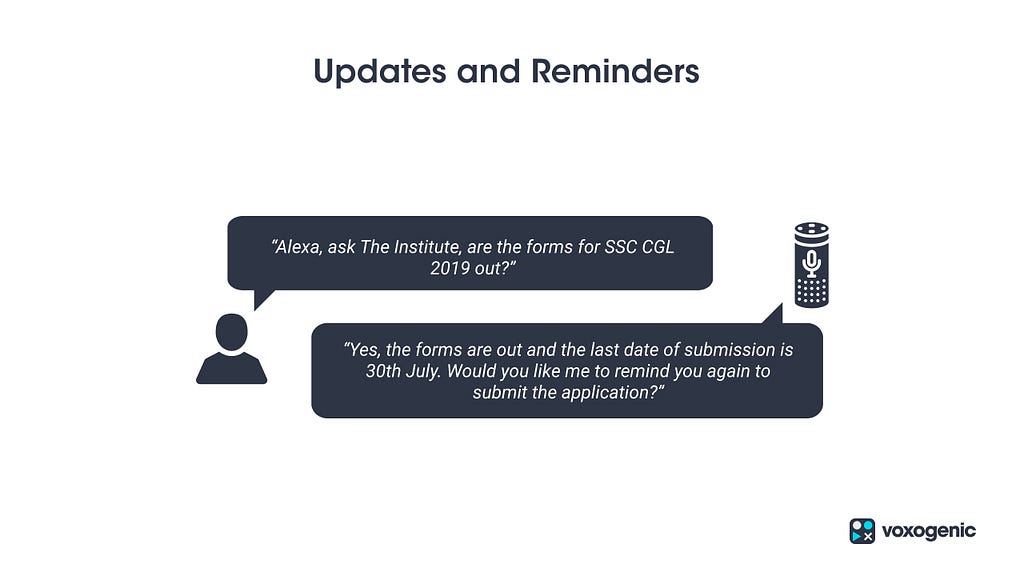
The students will also have the option to stay updated about the upcoming exams, projects which may be due and check up on their scores without any hassle.
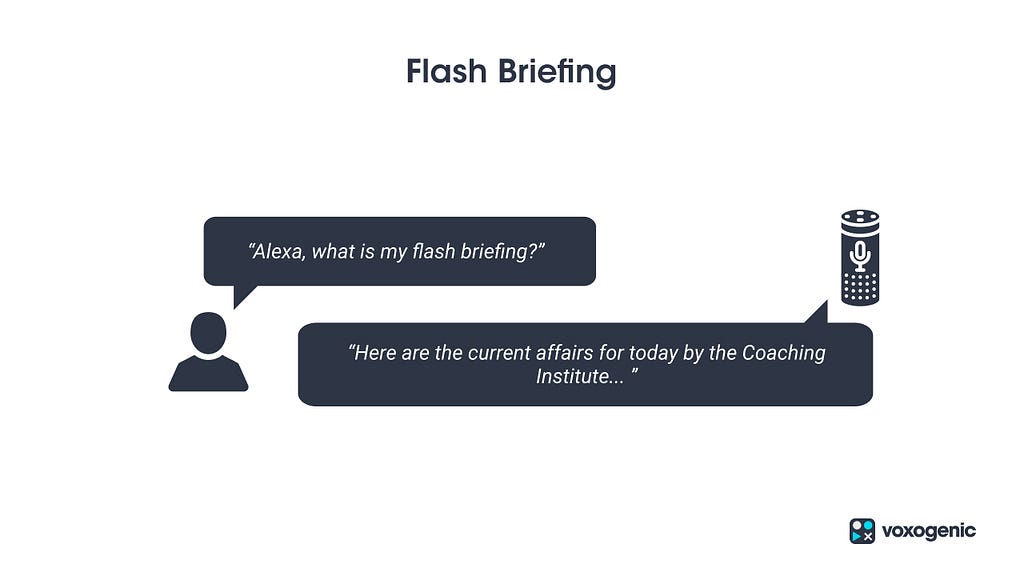
Flash briefings can help institutes to provide regular content on a subject matter without delays.
“There’s no denying that voice assistants and conversational AI are playing an increasingly important role in our personal lives and will soon find their way into other areas, including education. Educators can either sit back and watch this play out or become active in how it will impact student learning. By speaking into the space of voice technology, educators can ensure it is adapted for the educational realm. To quote a meaningful bumper sticker, educators need to ‘be a voice, not an echo.’”
If you are looking to build any kind of conversation apps that works through Voice and Chat, please feel free to drop us an email at contact@voxogenic.com
We have expertise in designing and developing Voice applications on Amazon Alexa & Google Home and Chatbots for platforms such as Website, Mobile Apps, Facebook, Twitter, Slack, Line, Skype, and many more.
To know more about us you can visit https://www.voxogenic.com
Don’t forget to give us your 👏 !




Voice Assistant Use Case for Education, Schools & Coaching Institutes was originally published in Chatbots Life on Medium, where people are continuing the conversation by highlighting and responding to this story.
